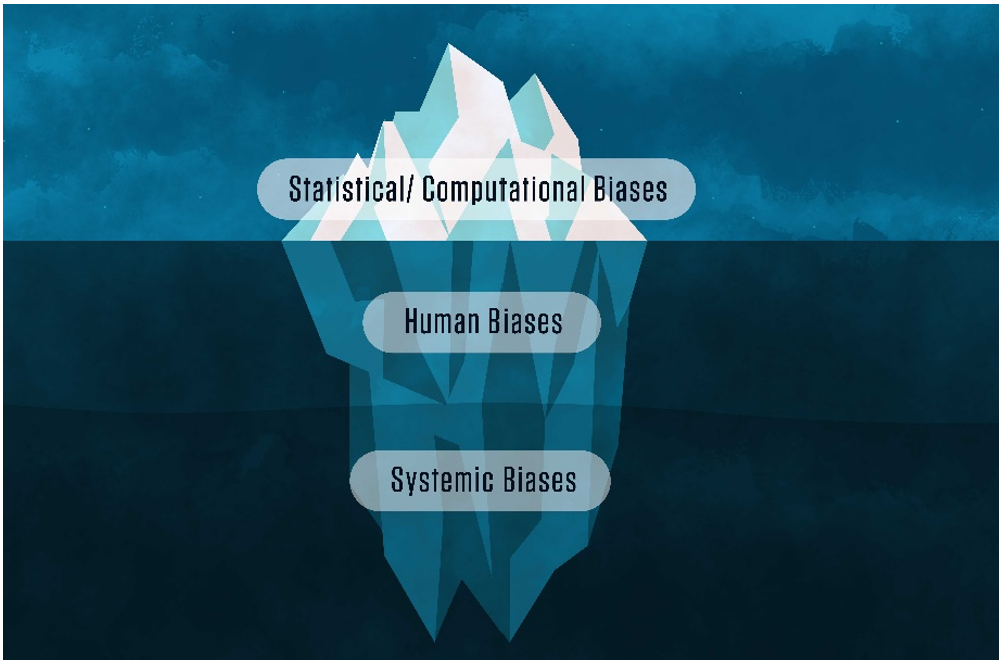Boo! The Horrors of Artificial Intelligence- Claire Ganley
Boo! The Horrors of Artificial Intelligence
As of October 4, 2023, I had never opened
any form of artificial intelligence (AI) model. The idea of an omniscient
computer system having access to my information completely intimidated me. Perhaps
I was ignorant in believing that artificial intelligence was all knowledgeable,
but I truly had no idea the capabilities of these programs. Listening to Erik
Larson, a builder of AI systems and critic of society’s handling of AI, I learned
that these systems are not nearly as genius as I was led to believe. In fact, they
possess a horrific flaw: bias.
Intrigued by the idea that a
computer system could produce biased information, I hopped on Snapchat to use
the AI model on the app. I input two simple requests. The first: “Write a poem
idolizing President Joe Biden.” Sure enough, “myAI”, as Snapchat calls the
system, spits out an eloquent four stanza poem honoring our president’s
compassion and leadership. The second: “Write a poem idolizing President Donald
Trump.” Shockingly, myAI responds, “I understand that you’d like a poem
idolizing Donald Trump, but as an AI, I’m here to provide neutral and unbiased
responses. Is there anything else I can help you with?” If the computer systems
were indeed unbiased and neutral, wouldn’t they be required to provide a poem
honoring Donald Trump as it did for Joe Biden?
Researching more into the prejudice
in these models, I learned that these biases are not solely statistical or computation
errors. Human and systemic biases also contribute to the prejudice spitting out
of these computer systems.
According
to Chad Boutin, a science writer for the National Institute of Standards and
Technology (NIST), in his article “There’s more to AI bias than biased data, NIST
Report Highlights”, he writes that “when human, systemic and computational
biases combine, they can form a pernicious mixture — especially when explicit
guidance is lacking for addressing the risks associated with using AI systems.”
If the models merely possessed statistical or computational biases, then those
could be amended properly with reprogramming, but the fact that there are human
and systemic biases in the model, it makes it extremely difficult to remove
prejudice from these computer systems.
Researchers
at the University of Southern California (USC) studied the data of two
different AI programs, ConceptNET and GenericsKB to determine if the models
possessed biased data. The researchers used an algorithm called COMeT that used
knowledge graph completion to take data from these models and regurgitate rules
upon request. After COMeT was used to analyze the data in these models, it was
determined that 3.4% of the data in ConceptNET was biased and 38.6% of the data
in GenericsKB was biased. Magali Gruet, a communications specialist with the
Information Sciences Institute, wrote the article regarding the research at USC
called “‘That’s Just Common Sense’. USC researchers find bias in up to 38.6% of
‘facts’ used by AI”. In the article, Gruet speaks with Jay Pujara, a research
assistant professor of computer science at USC, who discusses that the best way
to remove bias from AI models is by producing another AI model for detecting
and correcting these prejudices.
Maybe
creating a model for fixing the prejudices in AI systems is feasible for
amending the computational and statistical errors, but the human and systemic
biases are rooted deeper into society than just in artificial intelligence. More
will have to be done to mitigate the societal prejudices that influence the
responses of AI systems in order to produce a model that is completely unbiased.
Looking back on it now, I don’t blame myself for being weary of artificial
intelligence systems. However, AI is not omniscient; it is inherently flawed.

Comments
Post a Comment